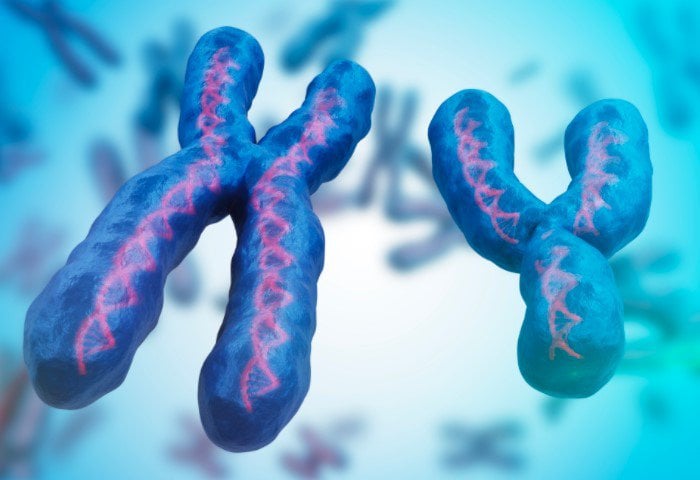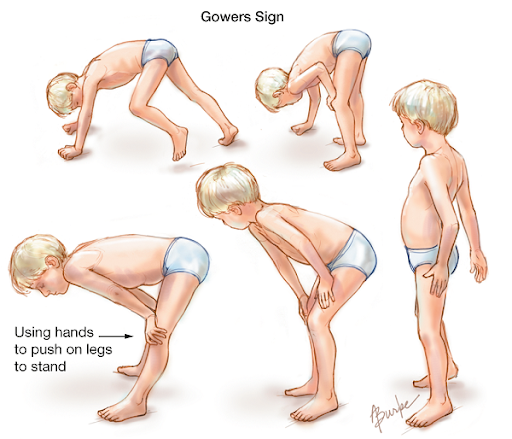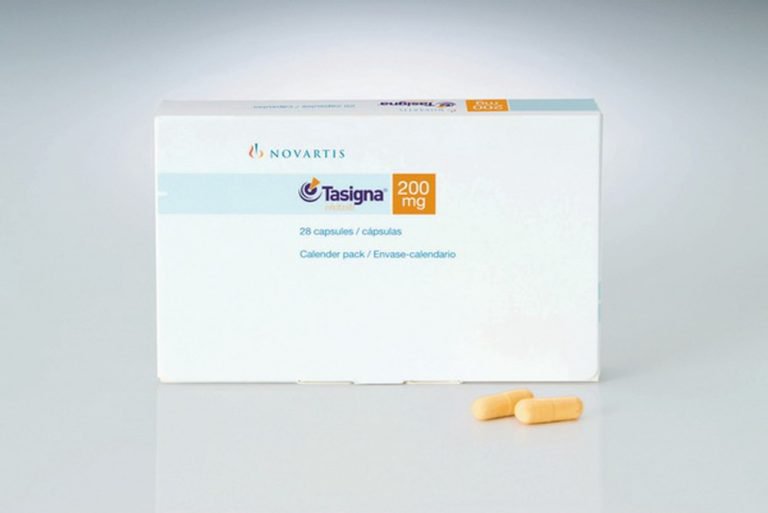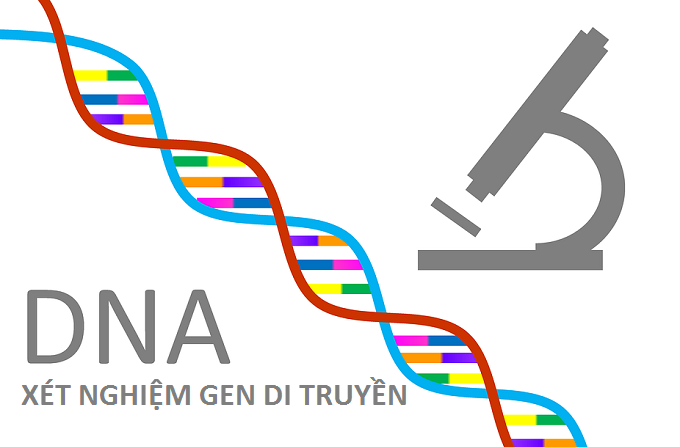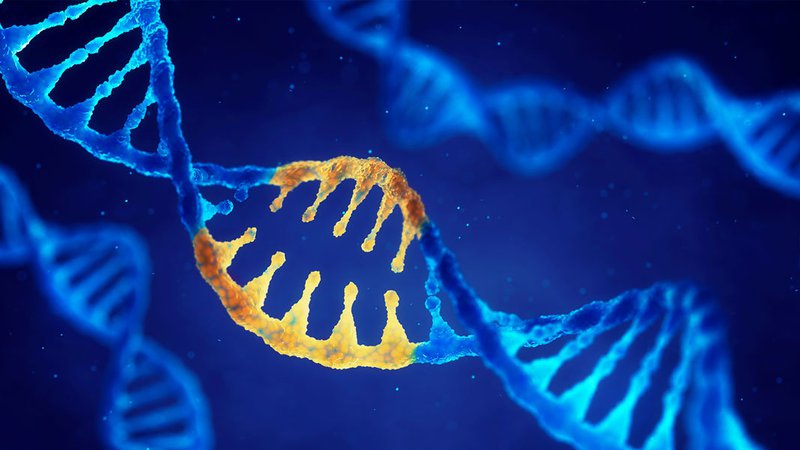What is Aarskog-Scott syndrome?
This is an automatically translated article.
Aarskog-Scott syndrome is a genetic disorder that affects the development of different parts of the body, and is more common in men. Aarskog – Scott can cause many unusual facial features, stature... However, growth will return to normal with the onset of puberty.
1. What is Aarskog-Scott syndrome?
Aarskog-Scott syndrome is a relatively rare genetic disorder involving the X chromosome that affects many different organs such as: skeleton, genitals, muscles, stature, face and overall appearance... In which, fingers, toes and face are the main parts that are frequently affected.
The incidence of Aarskog-Scott syndrome is higher in men than in women.
2. Causes of Aarskog-Scott Syndrome
Aarskog-Scott occurs due to an X-linked genetic disorder, specifically a mutation in the FGD1 gene (also known as the 1-sided dysplasia gene).
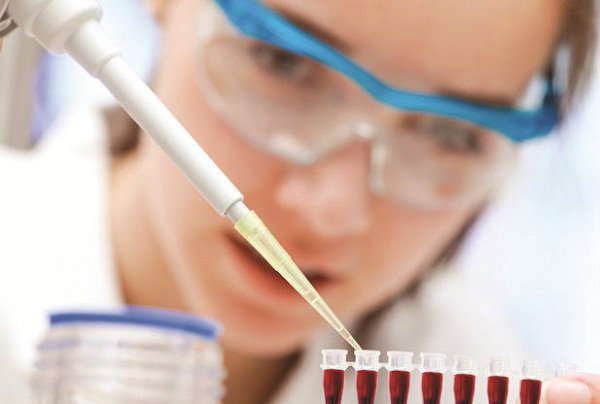
Aarskog-Scott xảy ra do rối loạn di truyền
3. Genetic mechanisms of Aarskog-Scott syndrome
3.1 The mother carries the disease gene and the father is normal. If it is a girl, there is a 50% chance that the child will carry the disease gene and can pass it on to the next generation. If the child is a boy, he has a 50% chance of having Aarskog-Scott.
3.2 The mother is completely healthy, does not carry the disease gene, and the father is sick In this case, neither the daughter nor the son will get sick. However, girls will have a 100% chance of carrying the disease to the next generation.
3.3 The mother carries the disease gene and the father has the disease In this case, both the daughter and son have a 50% chance of having the disease (specifically manifest Aarskog-Scott syndrome).
Cases of maternal illness are extremely rare. If the mother has this syndrome, the son will definitely get sick and the daughter will definitely carry the disease to the next generation.
4. What are the symptoms of Aarskog-Scott syndrome?
When a child has the Aarskog-Scott genetic disorder, he or she will have a variety of signs and symptoms. In which, some of the following signs are extremely common:
The groin or scrotum area, the nipple protrudes outside. Sexual retardation. Split, thin and weak hair. The chest is small compared to the body. Children may experience some mild to moderate mental problems. Your baby's height is low to medium, usually most noticeable between the ages of 1 and 3 years old. Fingers and toes are short, wrinkles appear in the palms. The 5th finger tends to be more curved than normal. Nose small, nostrils forward; the upper part of the ear folds slightly. The nucleus is long and has wrinkles in the lower lip area. There is a relatively wide gap between the eyes.

Trẻ bị rối loạn di truyền Aarskog – Scott có biểu hiện chậm phát triển về giới tính
5. Are children with Aarskog-Scott syndrome dangerous?
In fact, most pediatric patients with Aarskog-Scott will return to normal by the time they enter puberty. However, this syndrome can still cause some complications such as:
Unstable changes in the brain. In the first years of life, children face difficulties in their physical and mental development. Poor teeth. Susceptible to convulsions.
6. How is Aarskog-Scott syndrome treated?
6.1 How is Aarskog-Scott diagnosed? Before performing treatment, doctors will perform a number of examinations and tests to accurately diagnose the disease. Diagnostic tests include:
Genetic testing for mutations in the FGD1 gene. X-ray . 6.2 Treatment of Aarskog-Scott syndrome Aarskog – Scott cannot be cured until now, however there are still some supportive measures to improve quality of life, including:
Pediatric patients may be recommended surgery technique to correct abnormalities in the body. For teeth and facial area in general, the doctor will support orthodontic to correct abnormalities. The treatment of short stature will apply the technique of growth hormone.

Giải pháp hỗ trợ cho trẻ mắc hội chứng Aarskog-Scott
7. How can Aarskog-Scott be prevented?
The best way to prevent as well as control the possibility of Aarskog-Scott syndrome in the baby is to perform prenatal genetic screening, including testing indications such as:
Family history or previous child's medical history (with genetic problems). Check the genotype of the parents to prevent the mother or father from carrying the underlying disease gene. Besides Aarskog-Scott genetic disorders, prenatal genetic screening is also a safe and effective method to screen for other genetic diseases such as:
Down syndrome Patau syndrome Edwards syndrome other genetic disorders related to sex chromosomes such as Turner, Klinefelter, Jacobs syndromes or superfemale syndrome. Genetic diseases related to genetic mutations such as hemolytic disease, cystic fibrosis, sickle cell anemia... Currently, the most advanced non-invasive - painless prenatal screening techniques are available. is being implemented at Vinmec International General Hospital, giving many couples a new opportunity to have healthy children. The effectiveness of prenatal screening techniques of these techniques has played an important role in supporting early intervention for fetal malformations. This is the key to helping minimize unwanted defects on a child.
Please dial HOTLINE for more information or register for an appointment HERE. Download MyVinmec app to make appointments faster and to manage your bookings easily.
SEE ALSO
Sex differentiation disorder What is a gene? What is a genetic disorder? The role of chromosomal testing in the diagnosis of fetal malformations
This article is written for readers from Sài Gòn, Hà Nội, Hồ Chí Minh, Phú Quốc, Nha Trang, Hạ Long, Hải Phòng, Đà Nẵng.

